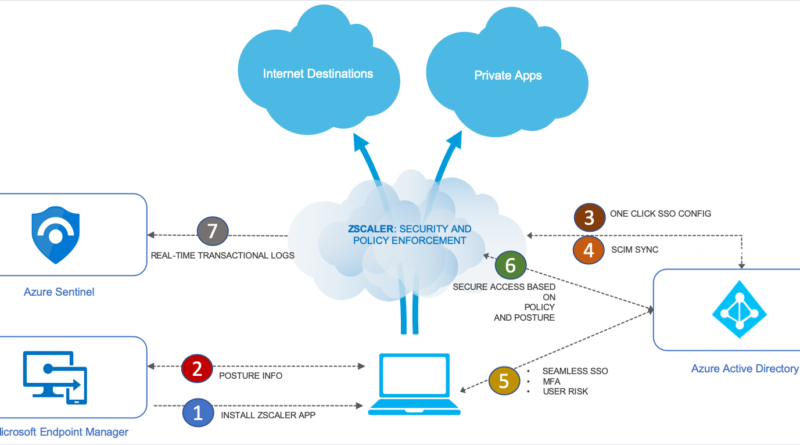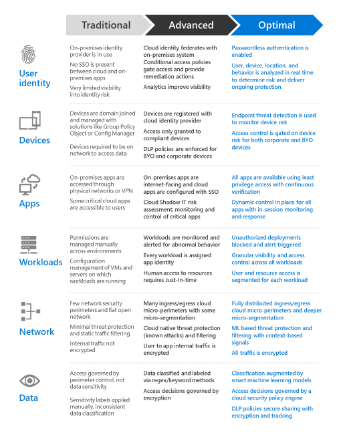Secure software-defined WAN (SD-WAN) has become one of the hottest new technologies, with some reports claiming that 85% of companies are actively considering SD-WAN to improve cloud-based application performance, replace expensive and inflexible fixed WAN connections, and increase security.But now the industry is shifting to software-defined branch (SD-Branch), which is broader than SD-WAN but introduced several new things for organizations to consider, including better security for new digital technologies. To understand what’s required in this new solution set, I recently sat down with John Maddison, Fortinet’s executive vice president of products and solutions.To read this article in full, please click here READ MORE HERE…
Read More










